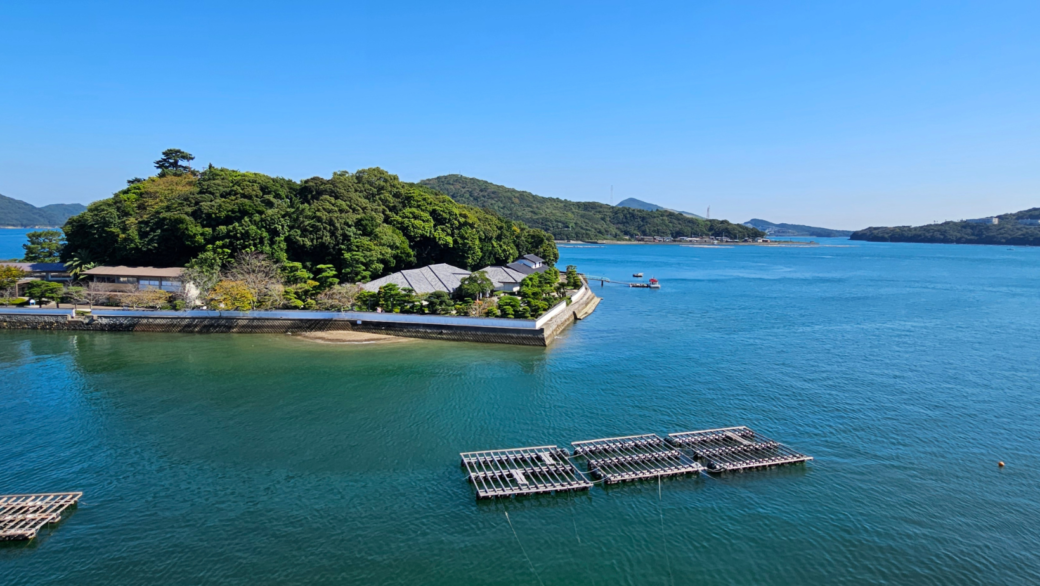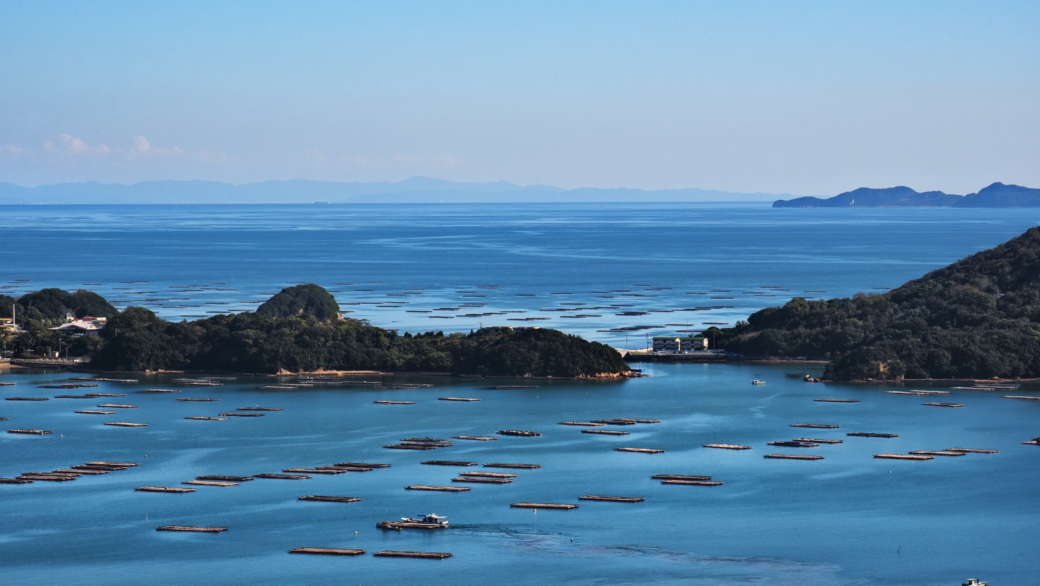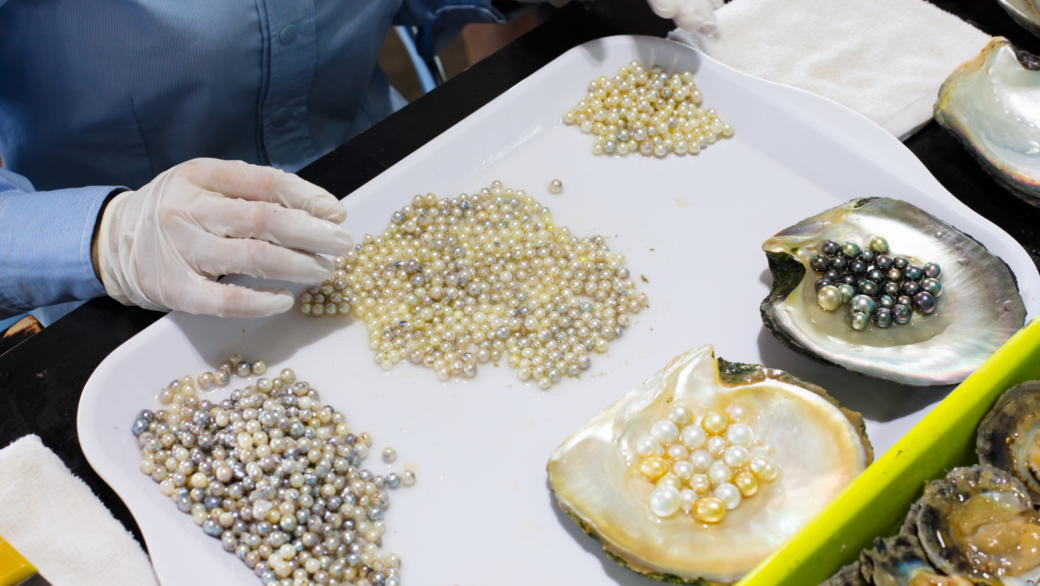The Future of Pearls: Japan’s Commitment to Sustainable Pearl Cultivation
Posted by Lexie Barton
For over a century, Japan has been at the heart of pearl cultivation, shaping an industry that marries tradition with innovation. Across cultures, pearls have long symbolized elegance, wisdom, and prosperity, and Japan’s contribution to this legacy is unparalleled.
The modern pearl industry owes much to one visionary: Kokichi Mikimoto. In 1893, he pioneered the first successful cultivation of Japanese Akoya pearls, revolutionising pearl farming and setting the gold standard for quality. Today, Japan is home to at least six distinct types of pearls, each with its own unique charm—from the luminous Akoya to rare and exotic varieties found in Japanese waters. As the demand for ethically sourced luxury grows, Japan’s pearl industry continues to evolve, embracing sustainability while preserving its rich heritage.
Visit Mikimoto Pearl Island in Ise
For those eager to explore the history and artistry of pearl cultivation, Mikimoto Pearl Island in Ise, Mie Prefecture, offers a fascinating glimpse into the world of pearls. Home to the Mikimoto Pearl Museum, the island showcases the legacy of Kokichi Mikimoto, the intricate process of pearl farming, and breath-taking pearl jewellery collections. Visitors can also witness live demonstrations by Ama divers, the traditional female free divers who once played a vital role in pearl harvesting.

Sustainability at Mikimoto
Mikimoto, the iconic name in pearls, is deeply committed to environmental stewardship, ethical sourcing, and responsible pearl cultivation. Understanding that healthy marine ecosystems are essential for pearl formation, the company has implemented sustainable practices that ensure both the oysters and their habitats thrive for generations to come.
Eco-Friendly Pearl Farming
Unlike traditional methods that rely on harvesting oysters from the wild, Mikimoto cultivates pearls in carefully managed farms that replicate natural conditions while minimizing ecological impact. By avoiding the depletion of wild oyster beds, the company plays a crucial role in preserving marine biodiversity. These farms provide optimal environments for oysters to flourish, ensuring that pearl cultivation does not come at the cost of nature’s balance.

Innovation in Sustainability: Advanced Monitoring Systems
Mikimoto integrates cutting-edge technology into its sustainability efforts. Advanced monitoring systems track the health and well-being of oysters, allowing for early detection of potential threats such as disease or environmental changes. This proactive approach ensures swift intervention, protecting not only the oysters but also the surrounding marine ecosystem.
In addition, efficient water and energy management systems help reduce the environmental footprint of pearl farming. Mikimoto’s commitment to sustainability extends to waste reduction initiatives, further solidifying its role as a leader in ethical luxury.
Preserving Japanese Culture and Heritage
Sustainability at Mikimoto goes beyond environmental responsibility—it is also about preserving the art and tradition of pearl cultivation in Japan. By engaging with local artisans and supporting generational craftsmanship, Mikimoto ensures that time-honored techniques are passed down, keeping Japan’s cultural legacy alive.
Through community engagement and collaborations, the company fosters a deep connection between luxury and legacy, proving that sustainable practices can honor both the past and the future.
Beyond Mikimoto, Japan is home to other iconic pearl-producing regions, such as:
- Ehime Prefecture – Known for its high-quality Akoya pearls, this area has a long-standing reputation in pearl farming.
- Nagasaki Prefecture – A key player in Japan’s pearl industry, producing some of the country’s finest pearls.
- Kagoshima Prefecture – Famous for its rare and exquisite South Sea pearls, cultivated in pristine waters.

A New Era of Sustainable Luxury
Mikimoto’s approach to pearl farming is a testament to the harmony between nature, innovation, and tradition. By prioritizing environmental conservation, ethical sourcing, and cultural preservation, Mikimoto is setting a new standard for responsible luxury in the jewellery industry. As consumers become more conscious of their choices, Mikimoto stands as a shining example of how elegance and sustainability can coexist in perfect harmony—ensuring that the beauty of pearls endures for generations to come.
Recent Posts
- Street Food, Seafood & More: Japan’s Most Delicious Markets
- The Future of Pearls: Japan’s Commitment to Sustainable Pearl Cultivation
- The Nakasendo Trail: Where History Meets Adventure
- Japanese Hot Springs: A Beginner’s Guide to Onsen Etiquette
- Rural Japan at Its Finest: Why Niigata Will Capture Your Heart

